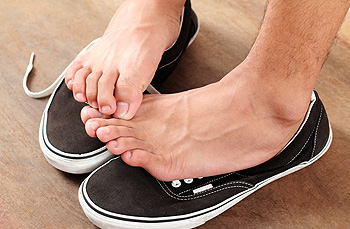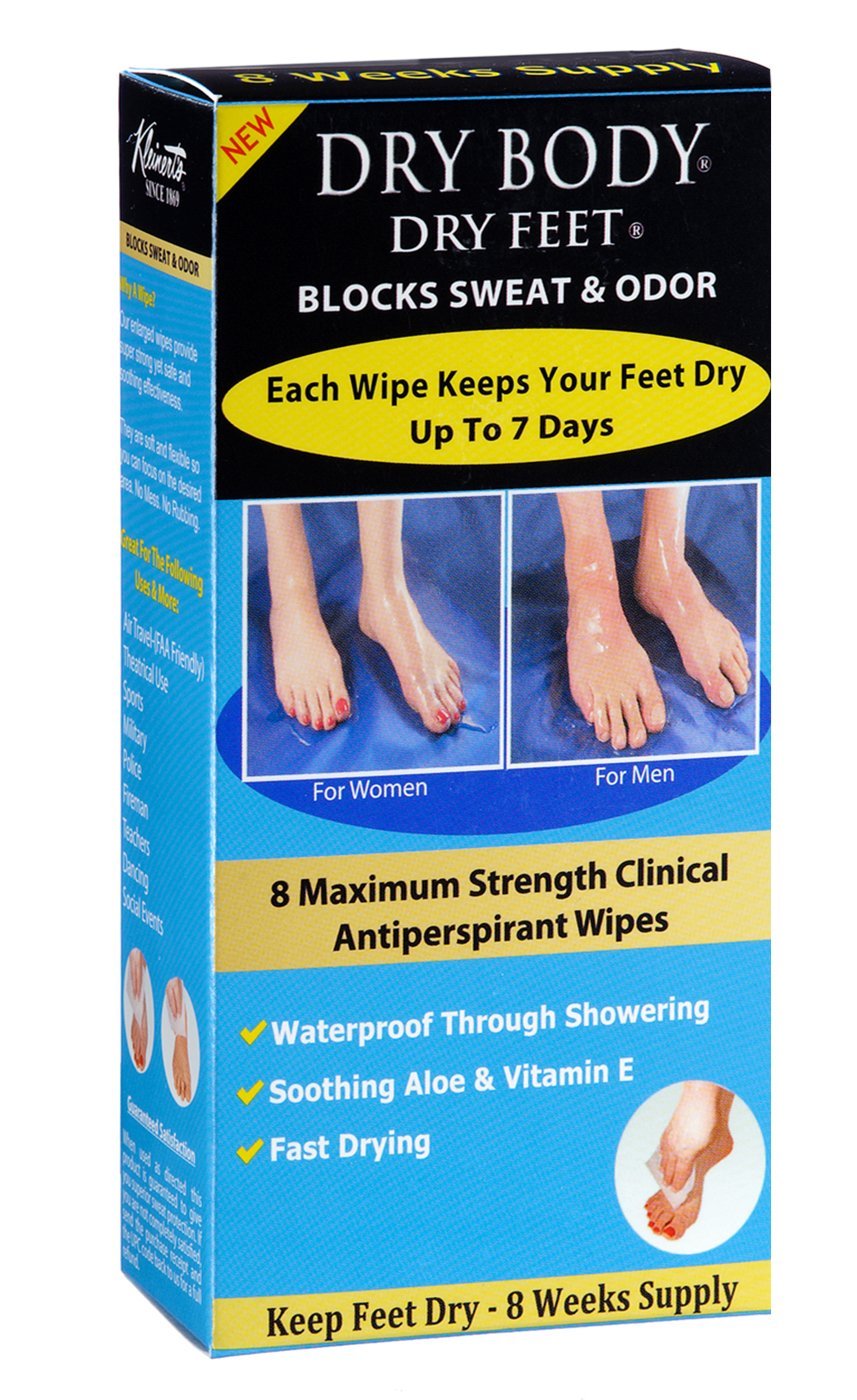Comprehending Excessive Sweating: Dermatology Insights on How to Stop Sweaty Hands
Comprehending Excessive Sweating: Dermatology Insights on How to Stop Sweaty Hands
Blog Article
Unveiling the Intricacies of Excessive Sweating: A Comprehensive Guide to Medical Diagnosis and Administration
Too much sweating, medically called hyperhidrosis, is a problem that impacts a substantial variety of individuals and can have an extensive influence on their high quality of life. While sweating is a natural bodily feature, its overactivity in hyperhidrosis offers an one-of-a-kind set of difficulties that usually exceed mere pain. Understanding the underlying reasons, recognizing the symptoms, and browsing the analysis procedure for hyperhidrosis can be elaborate jobs. In this thorough guide, we will discover the complexities of hyperhidrosis, from its medical diagnosis to the array of therapy choices readily available, clarifying efficient management techniques for those facing this problem.

Recognizing Hyperhidrosis Causes
Hyperhidrosis creates can be attributed to different aspects such as genes, hormonal discrepancies, and specific clinical conditions. Genetics play a significant function in key focal hyperhidrosis, where people acquire the condition from their member of the family. This kind of hyperhidrosis typically shows up in certain areas like the hands, soles of the feet, underarms, and face. Hormonal discrepancies, specifically an over active thyroid gland or menopausal modifications, can additionally set off excessive sweating. Furthermore, specific clinical conditions such as diabetes, cardiovascular disease, and infections can bring about secondary generalized hyperhidrosis. These underlying health concerns can interfere with the body's all-natural air conditioning system, creating the gland to become overactive. Comprehending the source of hyperhidrosis is crucial in diagnosing and effectively handling this problem. By determining the specific variables contributing to too much sweating, doctor can customize therapy plans to resolve the underlying reason, using alleviation and improving the lifestyle for people impacted by hyperhidrosis.
Identifying Hyperhidrosis Effects

Furthermore, hyperhidrosis signs might manifest in emotional and social distress, as individuals may really feel embarrassed or anxious concerning their sweating, leading to avoidance of social scenarios (Treatment for hyperhydrosis of hands and feet). Furthermore, repeated episodes of extreme sweating can cause skin maceration, fungal infections, and an overall decline in self-confidence
Diagnostic Process for Hyperhidrosis
Launching the analysis process for too much sweating entails complete analysis of the individual's medical background and health examination. Asking concerning the onset, period, and causes of sweating episodes is crucial to separate in between main focal hyperhidrosis and secondary generalised hyperhidrosis. Case history should also include questions concerning medicines, clinical problems, and household history of hyperhidrosis.
During the health examination, specific attention is paid to the locations affected by sweating. The medical care service provider may analyze the degree of sweating, look for signs of underlying problems, and examine the influence of sweating on the person's lifestyle. In addition, specific examinations like the gravimetric examination, starch-iodine examination, or skin conductance dimensions might be performed to evaluate the amount of sweat generated.
In addition, in situations where secondary hyperhidrosis is believed, extra tests such as blood tests, urine examinations, and imaging research studies may be suggested to recognize the underlying reason for too much sweating. The diagnostic procedure aims to properly figure out the type and source of hyperhidrosis to direct proper monitoring approaches.
Therapy Options for Hyperhidrosis
When resolving excessive sweating, various treatment options are readily available to reduce signs and boost the individual's high quality of life. The therapy method for hyperhidrosis relies on the severity of signs and symptoms and the client's reaction to initial therapies.
Topical therapies, such as aluminum-based antiperspirants, are usually suggested as the initial line of protection for handling mild situations of hyperhidrosis. These products function by plugging the sweat air ducts, hence reducing the amount of sweat that gets to the skin's surface area. For people with extra serious symptoms, oral medicines like anticholinergics might be suggested to assist lower sweating. These medications can have side effects and are not ideal for everyone.

Effective Management Techniques
To effectively take care of hyperhidrosis, a customized and detailed treatment plan tailored to the individual's specific requirements and reaction to previous treatments is important. This plan may integrate a mix of healing approaches, consisting of way of living adjustments, topical therapies, dental medications, botulinum toxic substance shots, iontophoresis, and in severe cases, medical treatments like gland elimination or sympathectomy. Way of life adjustments such as wearing moisture-wicking clothing, utilizing antiperspirants, and practicing stress-reducing strategies can enhance medical treatments. link Topical antiperspirants having light weight aluminum chloride are typically the first-line therapy, with more powerful formulas available for resistant cases. Oral drugs like anticholinergics may be recommended for generalized hyperhidrosis. Botulinum contaminant shots are reliable for focal hyperhidrosis, giving momentary relief by blocking the release of acetylcholine. Iontophoresis, entailing using a low electrical existing to reduce sweat gland activity, can be useful for both palmoplantar and read axillary hyperhidrosis. Surgical alternatives are commonly reserved for severe, refractory cases and call for mindful consideration of benefits and threats. A multidisciplinary strategy involving skin specialists, medical care medical professionals, and, if essential, cosmetic surgeons, can enhance the monitoring of hyperhidrosis.
Verdict
In final thought, hyperhidrosis is a condition identified by extreme sweating, which can substantially impact an individual's top quality of life. With proper diagnosis and monitoring techniques, people experiencing from hyperhidrosis can locate alleviation and enhance their total health.
Extreme sweating, clinically known as hyperhidrosis, is a problem that impacts a considerable number of people and can have a profound effect on their quality of life. By determining the particular aspects contributing to too much sweating, healthcare suppliers can customize therapy strategies to deal with the underlying cause, using alleviation and improving the quality of life for people affected check over here by hyperhidrosis.
Hyperhidrosis, defined by too much sweating beyond what is required for controling body temperature level, can significantly impact an individual's quality of life. Making inquiries concerning the beginning, period, and activates of sweating episodes is important to set apart in between primary focal hyperhidrosis and additional generalised hyperhidrosis. Sweaty hands treatment.In final thought, hyperhidrosis is a condition defined by excessive sweating, which can significantly affect a person's top quality of life
Report this page